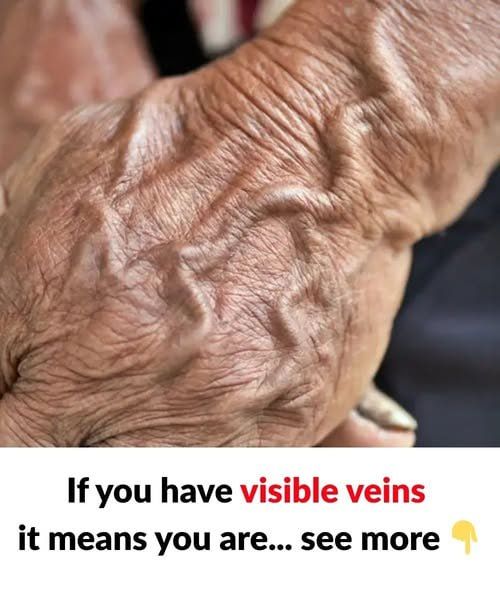As we get older, it’s not uncommon to notice that veins on areas like our hands, arms, legs, and chest become more pronounced. While this change can seem unsettling, it’s usually a natural part of the aging process and not something to worry about.
One of the main reasons for this is the thinning of the skin over time. Our body’s production of collagen and elastin—key proteins that keep the skin firm and elastic—declines as we age. With less of these proteins, the skin loses its youthful plumpness and elasticity, making veins more noticeable. On top of that, the fat layer beneath the skin also thins, which further exposes blood vessels that were once cushioned from view.
But it’s not just the skin that changes. The veins themselves undergo transformation as well. The walls and valves of the veins can weaken, leading to blood pooling and veins becoming swollen. This is what often causes varicose veins—those twisted, enlarged veins that tend to pop up, especially in people who spend long periods sitting or standing. Slower blood circulation, due to things like reduced physical activity or hormonal changes, can also make veins appear darker and more prominent.
Genetics and lifestyle play a role in vein visibility too. If your parents or grandparents had visible veins, there’s a good chance you might notice them as well. Factors like smoking, sun exposure, and exercise can influence how veins show up. For instance, active people with low body fat tend to have more visible veins, as the muscle underneath pushes veins closer to the skin.
While visible veins are typically harmless, sudden changes—such as pain, swelling, or warmth—should be taken seriously and checked by a doctor. Otherwise, there’s no need for concern. For those who prefer to reduce the appearance of veins, there are cosmetic treatments available. Embrace the changes that come with aging, but know that options exist if you want to make them less noticeable!
